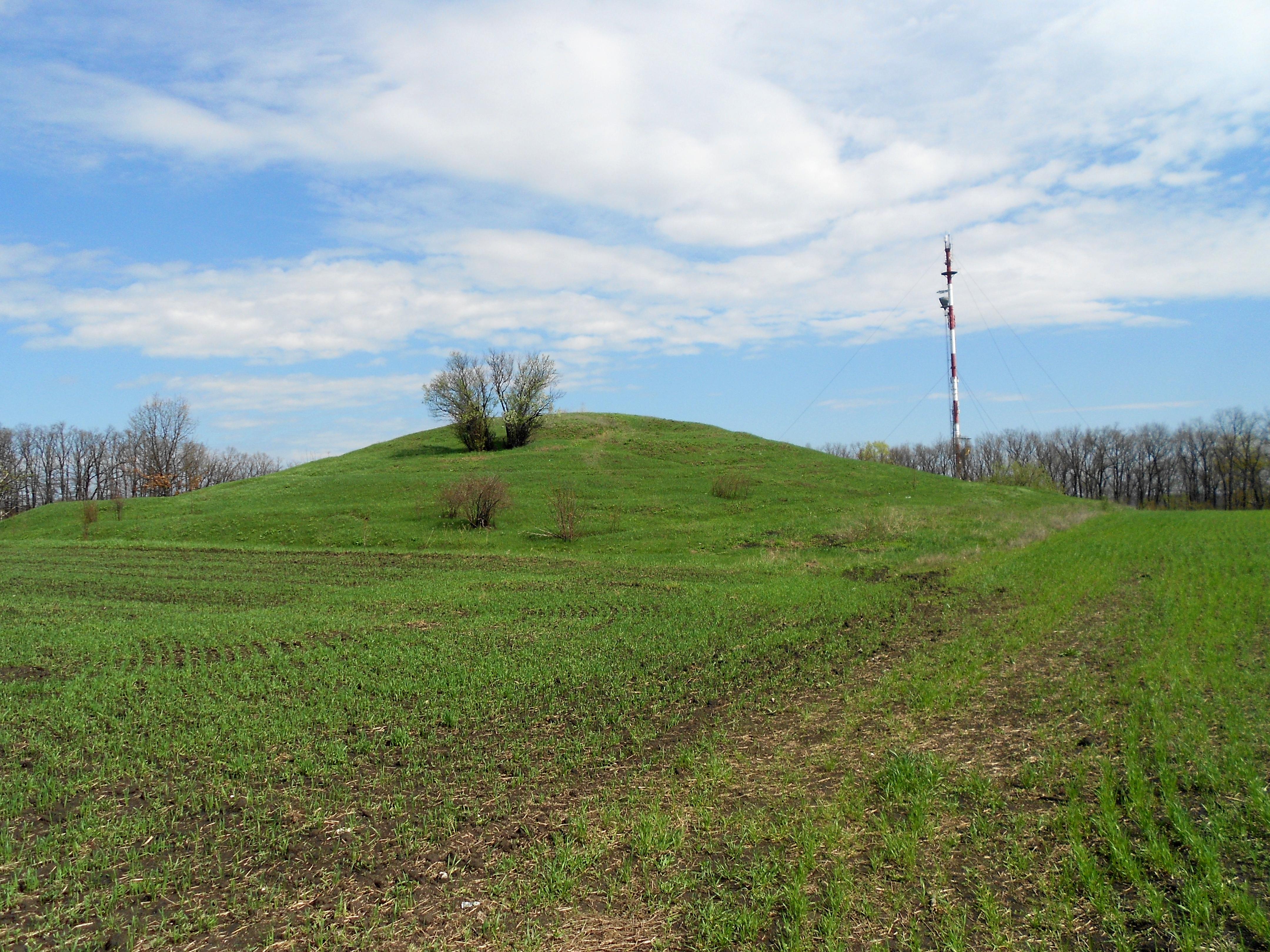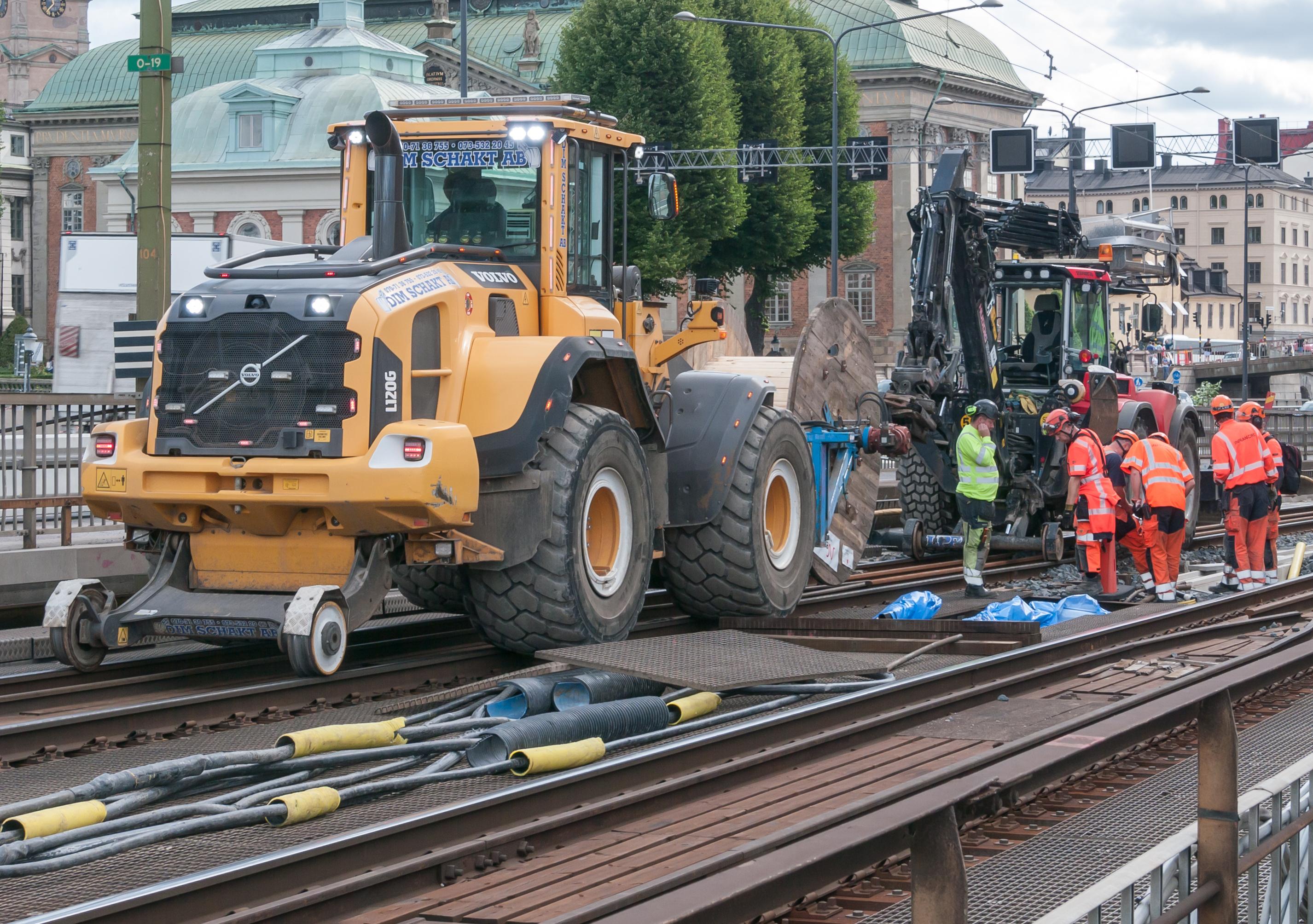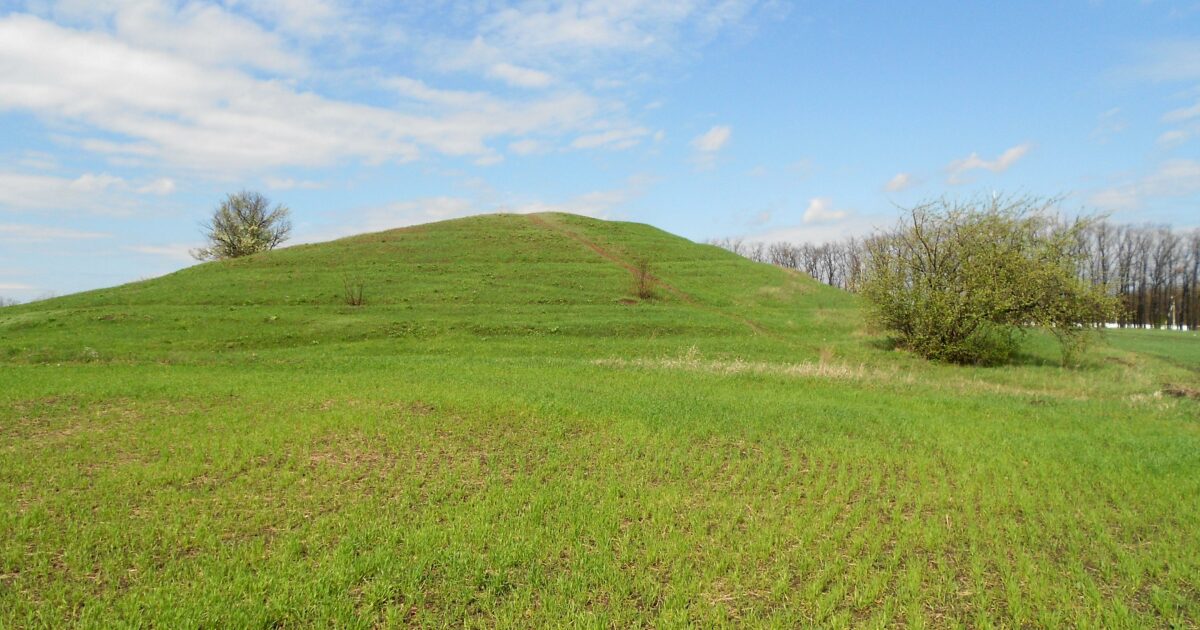Nestled among the rolling hills of Azerbaijan lies a mysterious and ancient burial site known as a "tumul." These towering mounds of earth hold the secrets and stories of civilizations long past, offering a glimpse into the rich history of this enigmatic region. Join us as we unravel the mysteries of the tumul and explore the significance of these ancient monuments in the modern world.
Uncovering the History and Origins of Tumul
Exploring the history and origins of tumul reveals a fascinating journey into ancient burial practices. These large mounds of earth are found across various cultures and civilizations, each with its unique significance and purpose. From the majestic tumuli of ancient Egypt to the mysterious burial mounds of the Native Americans, these structures hold clues to the beliefs and traditions of past societies.
One of the most intriguing aspects of tumul is the varied forms they take, ranging from simple earthen mounds to elaborate stone structures. Some tumuli contain rich treasures and artifacts, shedding light on the social hierarchy and wealth of the deceased. Others are believed to have ritualistic significance, serving as sacred sites for ceremonies and ancestor veneration. Uncovering the stories behind these ancient burial sites provides a glimpse into the spiritual and cultural practices of our ancestors.

Exploring the Significance of Tumul in Different Cultures
One of the most intriguing aspects of tumul in different cultures is the diverse meanings and rituals associated with these burial mounds. In ancient Egyptian culture, tumuls were often constructed for pharaohs and other royalty to preserve their bodies for the afterlife. These structures were believed to be a gateway between the earthly realm and the divine, ensuring the deceased’s safe passage to the next world.
Similarly, in Native American cultures, tumuls serve as sacred sites where ancestors are honored and revered. The mounds are seen as physical manifestations of the connection between the living and the dead, symbolizing the continuity of life and the importance of honoring those who came before. Through various ceremonies and offerings, these cultures maintain a deep respect for the spirits that reside within these ancient burial grounds.

Understanding the Construction and Symbolism of Tumul
When it comes to , it is crucial to delve into the historical and cultural significance of these ancient burial mounds. Tumuli, also known as barrows or burial mounds, were commonly used by various cultures around the world to bury their dead in a ceremonial and reverent manner. These burial mounds typically consist of earth or stone structures that are carefully constructed to honor and commemorate the deceased.
The construction of tumuli often involved intricate planning and meticulous craftsmanship. The size and shape of the mound, as well as the materials used in its construction, hold symbolic meaning and significance. In many cases, tumuli were built to align with celestial events or to represent elements of the natural world. The symbolism associated with tumuli varies depending on the culture and time period in which they were constructed, but they often serve as a tribute to the deceased and a reflection of their spiritual beliefs.

Tips for Preserving and Protecting Tumul Sites
Preserving and protecting tumul sites is crucial in maintaining their historical and cultural significance for future generations. Here are some tips to ensure these ancient burial mounds are safeguarded:
- Respect the site by not disturbing or removing any artifacts or stones.
- Do not litter or leave any trash behind when visiting a tumul site.
- Support conservation efforts by donating to local organizations dedicated to preserving these sites.
- Spread awareness about the importance of protecting tumul sites to others in your community.
Additionally, it is important to engage with local authorities and indigenous communities to ensure that tumul sites are properly cared for and respected. By working together, we can guarantee that these remarkable structures remain intact for many years to come.
Final Thoughts
In conclusion, the mysterious tumul continues to captivate our imagination with its enigmatic presence in the archaeological world. Despite the many theories surrounding its purpose and significance, one thing remains certain – the tumul remains a fascinating symbol of ancient cultures and a reminder of the mysteries that still lie buried beneath the earth. As we continue to uncover the secrets of our past, the tumul stands as a testament to the enduring power of history and the lessons it has yet to reveal.

